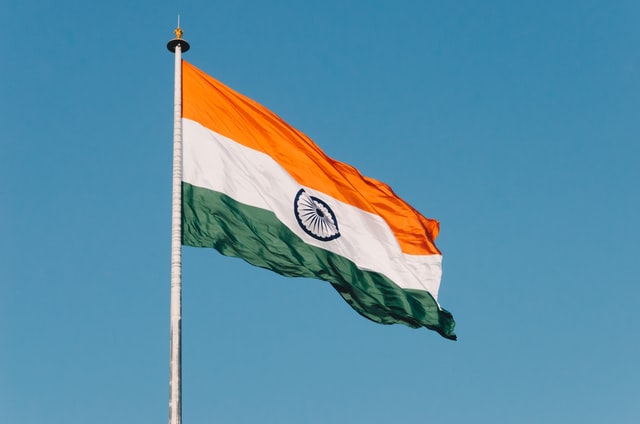
India holds the rank of the second-highest populated nation in the world, with 135.26 crores population. We have officially 28 states by now in India. With so many people and different regions, languages are also different.
Total Indian Languages:
Believe it or not, but in India, we have 22 Indian languages according to the Indian constitution. The total Indian languages list:
- Sanskrit (the oldest Indian language)
- Hindi (Indian official language with 551 Million Speakers)
- Bengali (91 Million Speakers)
- Marathi ( 84 Million Speakers)
- Telegu (84 Million Speakers)
- Tamil (the second oldest Indian language with 67 Million Speakers)
- Assamese
- Gujarati
- Kannada
- Kashmiri
- Konkani
- Malayalam
- Manipuri
- Nepali
- Oriya
- Punjabi
- Sindhi
- Urdu
- Bodo
- Santhali
- Maithili and
- Dogri
Sanskrit- the oldest language:
Mostly Indian sacred scriptures, texts, holy books are written in Sanskrit. Sanskrit is the origin of many other Indian languages like Hindi. Though now, people don’t understand the respected value of Sanskrit.
The interesting fact is, there are some villages in Karnataka’s Shimoga district, Mattur, where villagers still communicate with each other in Sanskrit, fluently. They are the preserver of our ancient language.
Among all, Bengali got the tag of the World’s sweetest language. The government of India awarded Sanskrit, Kannada, Malayalam, Odia, Tamil, and Telugu as the classical languages of India, depending upon their rich heritage and individualistic nature.
Official languages of India:
After independence in 1947, the Indian legislator had to choose between Hindi and English as the official language of India. In 1950, the Indian constitution declared Hindi as the official Indian language. Later in 1965, the Parliament of India acted Hindi-English both as the official language of India (Official Languages Act in 1963).
So, which new Indian language you’ll consider learning?
Feature Image Credit: Photo by Naveed Ahmed on Unsplash. (free for commercial use)




